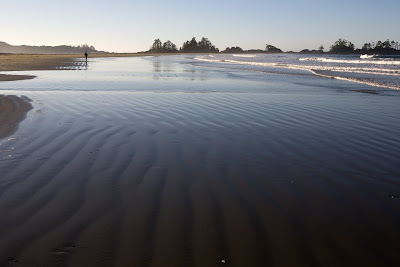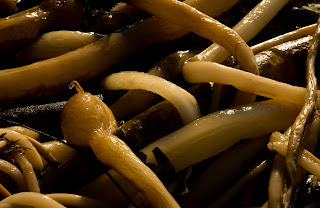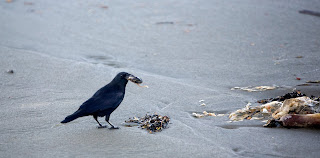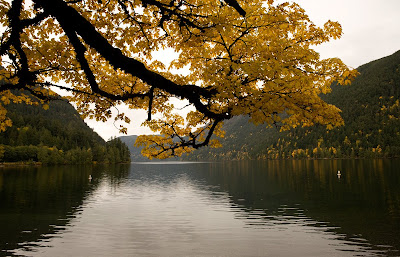
Children and adults love to mingle with the brave ducks.







A number of floating logs provide safe resting places for the ducks.

The Reifel sanctuary has numerous tidal inlets that are well protected.



Rain water from the roof, running down a chain 'spout':

Field near the Reifel sanctuary, covered with snow geese:


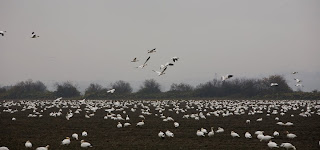
Nobody knows how many birds migrate along ancient coastal routes skirting Vancouver, B.C., but I always look forward to seeing various types of geese flying in formation. Although I know they are migrating, I have no idea where or how long the journey must be.
The Reifel family gave Canada a treasure of great value, their extensive coastal area which is to provide a sanctuary for migrating birds, where they can rest, eat and become rejuvenated for the next leg of the long. People can mingle freely with birds on paths or observe various types of birds on land or water from a series of excellent blinds and a tower.
I was happy to join Ken on his shooting outing (even though he is a Nikon man). The light west-coast October rain, which never let up, made the sky uniformly overcast in a dark sort of way which seemed to bring out colours. After several hours, a very helpful woman learned that we had hoped to see the snow geese which are known to migrate through the Delta area. Although there were none at the sanctuary today, she had just seen an enormous flock in a nearby private field that was freshly ploughed and seeded. She then scouted out the best places for us to go by car and was enormously helpful. I had never seen so many geese in my life.


